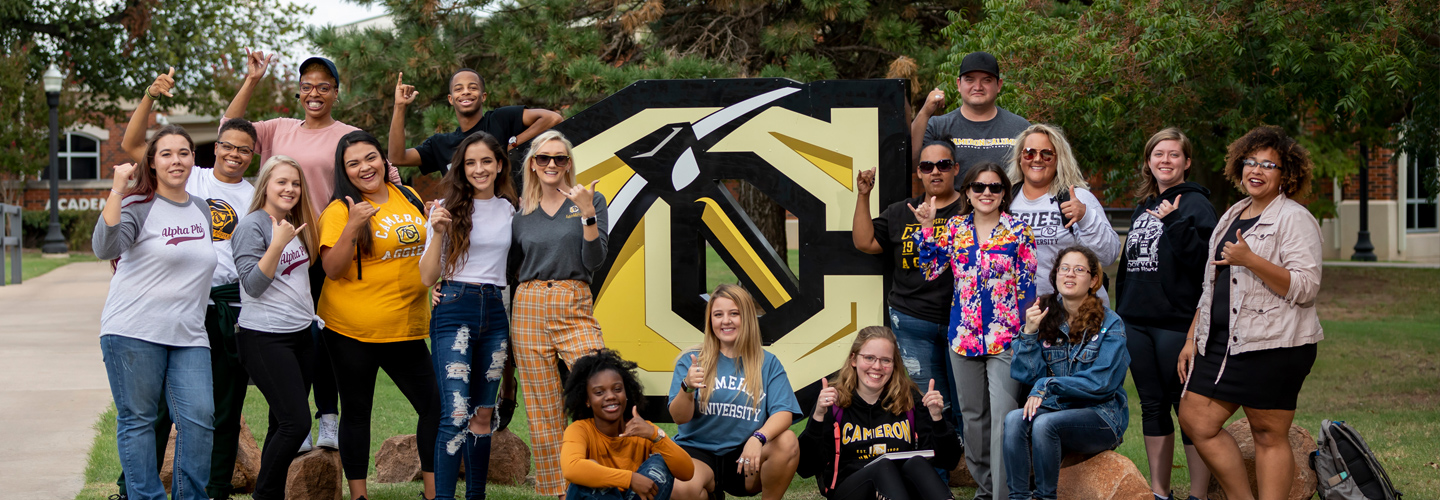GLOSSARY
- Accessibility - people with disabilities can use the web. More specifically, Web accessibility means that people with disabilities can perceive, understand, navigate, and interact with the Web, and that they can contribute to the Web.1
- Alternative Text - alternative text provides a textual alternative to non-text content in web pages.2
- Captioning - captions are text versions of the spoken word presented within multimedia. Synchronized captions means the text content should appear at approximately the same time that audio would be available.3
- Optical Character Recognition (OCR) - software that has the ability to convert a scanned document of printed text into a version that can be formatted by a word processing program.
- Screen Reader - screen readers are audio interfaces. Rather than displaying web content visually in a "window" or screen on the monitor, screen readers convert text into synthesized speech so that users can listen to the content.4
- Transcript - transcripts provide a textual version of the content that can be accessed by anyone. They also allow the content of your multimedia to be searchable, both by computers (such as search engines) and by end users. Screen reader users may also prefer the transcript over listening to the audio of the web multimedia.3
1 "Introductions to Web Accessibility," Web Accessibility Initiative (WAI). W3C, Sept. 2005 Web. 29 April 2015. <https://www.w3.org/WAI/intro/accessibility.php/>.
2 "Alternative Text," WebAIM Web Accessibility in Mind. WebAIM, Aug. 29. 2013 Web. 29 April 2015. <http://webaim.org/techniques/alttext/>.
3 "Captions, Transcripts, and Audio Descriptions,' WebAIM Web Accessibility in Mind. WebAIM, Aug. 29, 2013 Web. 29 April 2015. <http://webaim.org/techniques/captions/>.
4"Designing for Screen Reader Compatibility,' WebAIM Web Accessibility in Mind. WebAIM, Nov. 19, 2014 Web. 4 May 2015. <http://webaim.org/techniques/screenreader/>.

